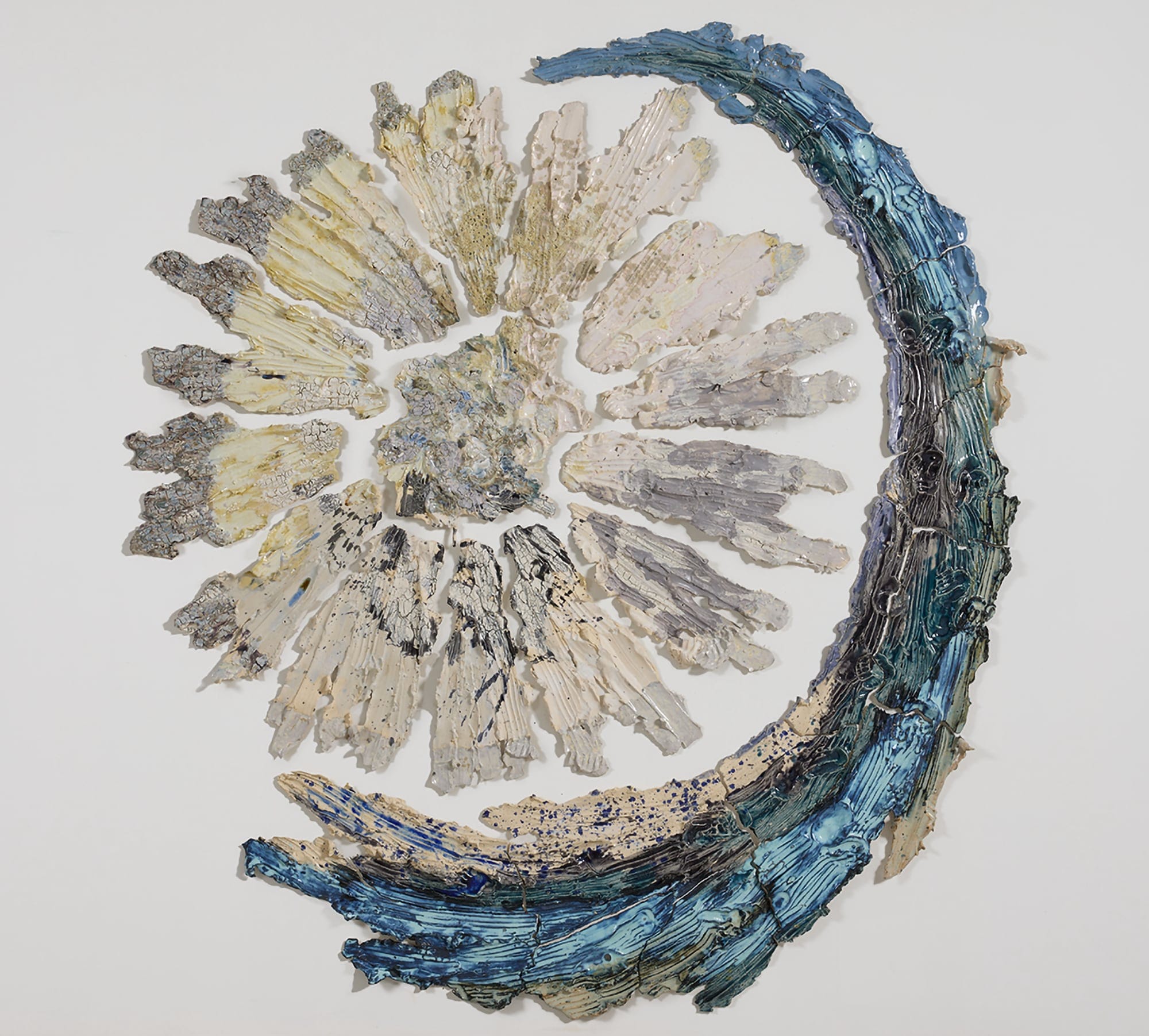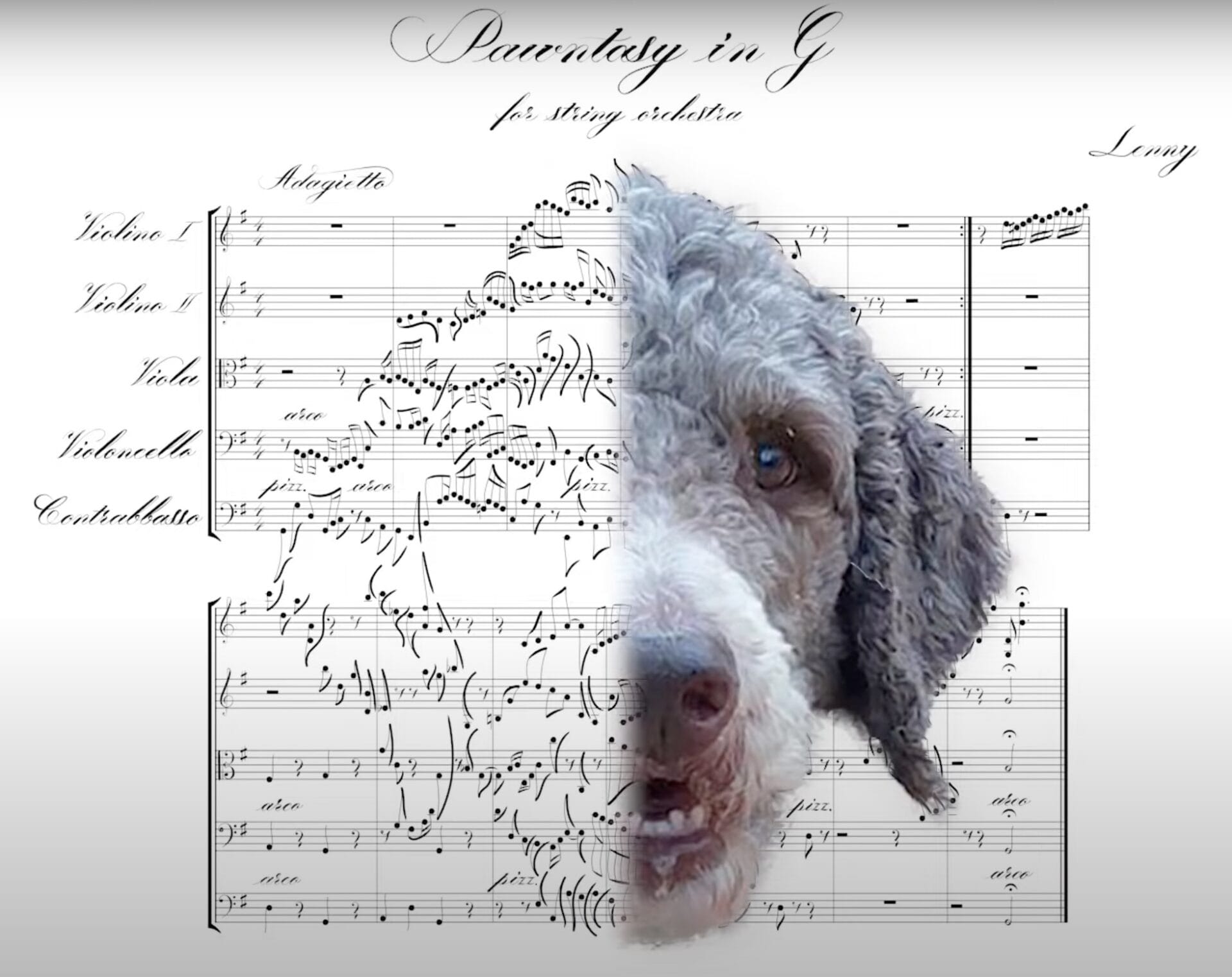All images from ‘Ernest Cole: The True America,’ Aperture (2023), © 2023 Ernest Cole Family Trust, shared with permission
In 1966, photographer Ernest Cole packed up his robust collection of negatives and fled his native South Africa.
A Black man living under apartheid, Cole documented the horrific injustices and inequities permeating life around him, from brutal police encounters and segregated spaces to overpacked trains forcing commuters to hang off the sides. The images were clarifying, and when published in 1967 with his first-person writings in the book House of Bondage, they became one of the most influential photo collections of the 20th century, influencing public opinion about apartheid around the world and gaining Cole widespread recognition.
Because of its revelatory nature, the tome sent the photographer into permanent exile and prompted him to settle in New York City, where he lived until his death from cancer in 1990. He was 49 years old.
What quickly became clear to Cole in his adopted home was that his experience as a Black South African living under apartheid was not unlike that of being Black in the U.S. The photos in House of Bondage, he said, “should give readers some feeling of what it is like to be a black man in South Africa. And they may also explain why in, of all countries, I should feel somewhat at home in the United States.”
Cole found himself in Civil Rights-era America, after all, and continually drew similarities between his exile and people of the African diaspora. He photographed the residents of Harlem and Midtown before visiting the rural South and other major cities like Chicago, Cleveland, Memphis, and Los Angeles. He always insisted that his ten-month stay in New York City taught him so much about racism in America that the discrimination and hatred experienced in his subsequent travels were no surprise.
During his lifetime, Cole kept this body of work largely secretive, and it was thought to be lost until 2017 when it turned up in Sweden. And now for the first time, the images are compiled in a book published by Aperture that offers a more robust, nuanced look at the influential photographer’s sensibilities.
The True America spans 1968 to 1971, encompassing the fraught time before and after Martin Luther King Jr.’s assassination. Included in its 300-plus pages is a trove of images in color and black-and-white, documenting protests, impromptu street performances, and daily public life all happening during a volatile, and often violent, time. Incisive and clear-eyed like The House of Bondage, the photos of The True America show a nation of strong emotions and convictions, capturing moments of joy and celebration alongside resolute fights for justice and equality.
As Raoul Peck writes in the preface, the photographer “resisted becoming a ‘chronicler of misery,’” and quotes Cole:
When I left home I thought I would focus my talents on other aspects of life which I assumed would be more hopeful and some joy to do. However, what I have seen in this country over the past two years has proved me wrong. Recording the truth at whatever cost is one thing but finding one having to live a lifetime of being the chronicler of misery and injustice and callousness is another.
The True America is available from Bookshop.
Do stories and artists like this matter to you? Become a Colossal Member today and support independent arts publishing for as little as $5 per month. The article A New Book Reveals Ernest Cole’s Clear-Eyed Photos of Civil Rights America appeared first on Colossal.


